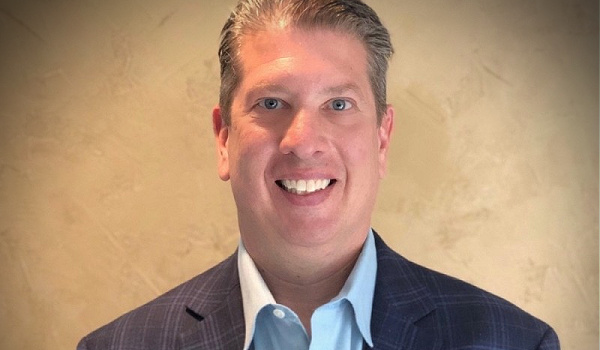Be it the change towards better client service, a better user/workplace experience, or a more efficient and profitable firm, those of us in and supporting the wealth management industry have every reason to dream big when it comes to technology.
But firms can’t afford to live in the clouds (even a Saas company, lol) —every technology decision they make should be rooted in the people who are going to use or buy the product or service being automated.
Yet, technology is developed by technologists, often in isolation from users or consumers, says Michael Partnow, Group President of Wealth Management at JIFFY.ai, an Autonomous Enterprise Cloud platform working in the Wealth Management space.
“If you build it, who will come? I’m asking about the importance of gaining buy-in across the entire value chain with a true go-to-market strategy and making sure you are soliciting client, prospect, and industry-expert feedback along the way using an outside-in approach,” says Partnow.
In today’s rapidly automating, self-service world, a lot of technology is developed with an ‘inside-out’ approach, Partnow says. The product and technology teams that are responsible for designing and building the technology are often disconnected from client-facing team members like project and relationship managers, and even the consumers who will interact with or be impacted by the technology.
That means some wealth management firms are developing client-facing technology without talking to the clients who will be using the technology. Consequently, the market is flooding with client portals, roboadvisors, banking apps, insuretech and cash flow management applications with features and functions that users don’t want, can’t use, don’t need or don’t care about.
Technology is too often built by a technology organization—be it a company or an IT department— working within a silo, without soliciting feedback from client-facing team members.
Once a product is built, it starts and ends with a conversation with the Marketing team, Partnow says. The team puts together a very thoughtful plan including collateral for the client-facing team. Then the product is thrown up on the shelf, until there is a potential ‘buyer’ or client who either learns about it from the client-facing team or on their own. The user experience awaiting that client is all to often disjointed and does not connect at all with the true need.
Just Ask
“Good technology planning is making sure all the key stakeholders in a process are involved— not only those performing the tasks, but also those who are impacted downstream,” says Partnow. “Each stakeholder will need to know what the impacts are, what the return on investment will be across the value chain, and what are the investor, advisor and other intermediary effects to be received.”
A good plan for implementing technology must start with asking about what the client’s needs are, Partnow adds. In the case of a wealth management firm, he suggests having a panel of smart, trusted clients that are comfortable speaking their minds to you. In the very early stages of planning, ideas should be run by the clients.
“Ask the loaded question: If we build something like this, will you come? Would you buy this? If not, what’s preventing you from doing so?” says Partnow. “That’s what I mean by considering outside influence in the planning stage. It’s not just about engaging with industry research and putting together a really smart team internally, it’s also about who you are speaking with—who are the right centers of influence who will help guide you along the right path as you develop this product of critical automation?”
Too often, technology firms and wealth management firms assume that clients don’t know what’s best for them. “Or we’ll just tell them that this is the best way,” they tend to think.
But today, the clients of this industry have become aligned more in-tune with their needs. If firms expect clients to trust them, they should also be willing to trust their clients to help give sound guidance and to accurately voice their wants and needs, Partnow says.
“Who better to speak to than the actual buyer and do some real critical, collective brainstorming prior to a product being launched; who better than the actual users,” Partnow asks.
But how best to do that?
In order to implement a plan to present to these sounding-board clients, Partnow outlines a few steps. Internally, a few critical steps need to be taken first—brainstorming what the actual product is going to be for front-end users, why it is being developed, and how it ideally would be used.
Then, the plan has to be presented to a few potential buyers, users or stakeholders before it is developed.
“This is where you say you’ve identified a challenge they may have, but you really want to understand from their perspective if you’re accurate in understanding the challenge,” Partnow says. “The next step is setting up time with them to walk it all the way through, with both parties being brutally honest—this requires incredibly tough skin. Ask challenging questions, because if you hold something back, you end up developing a product that people aren’t going to buy, or a product someone might buy but be disappointed with.”
Watch for Part 2 of this series appearing later in September 2022 at Digital Wealth News







